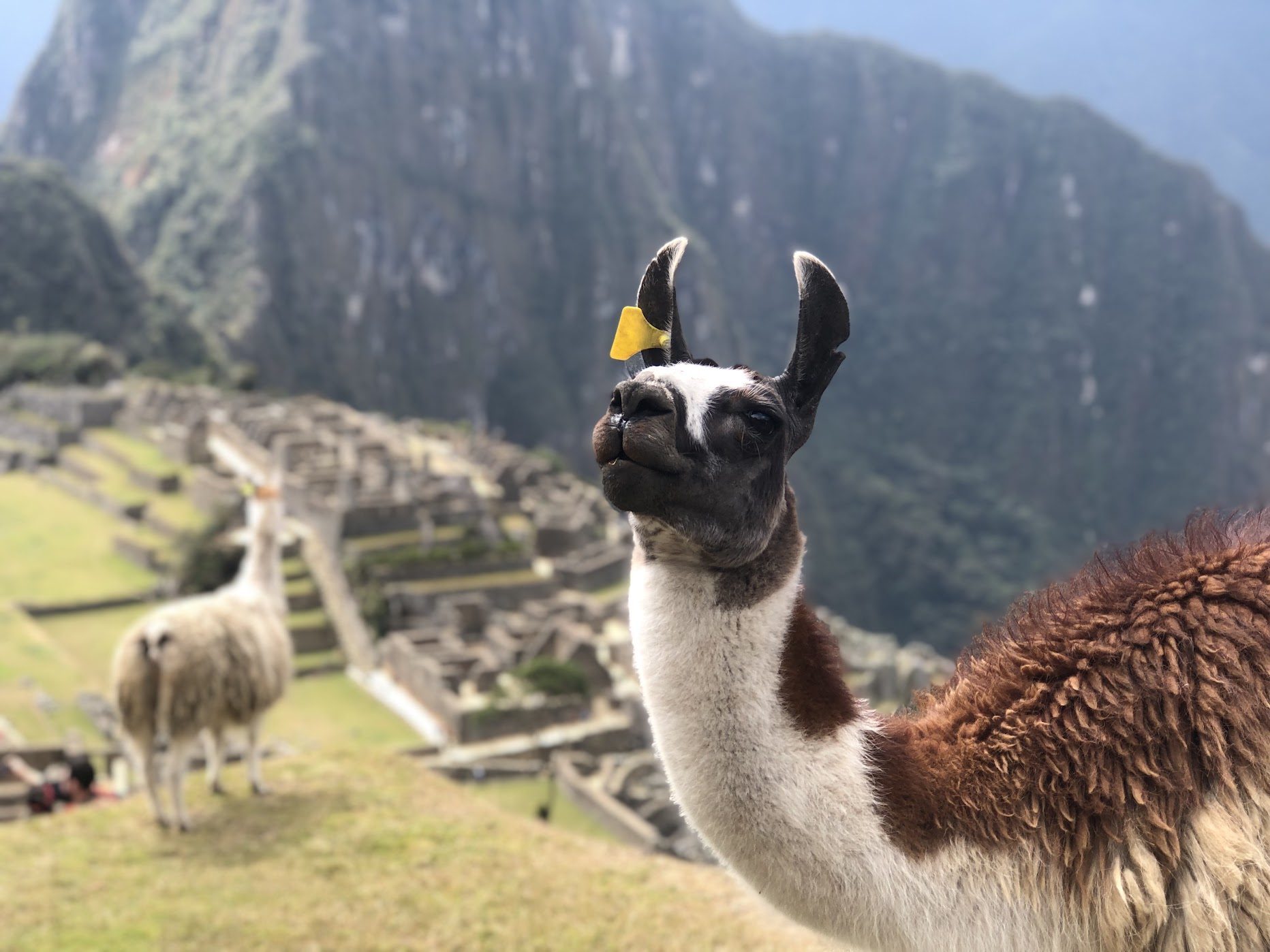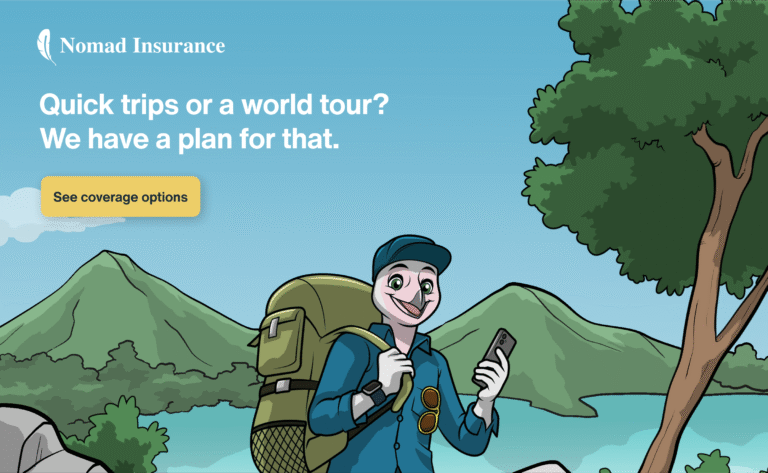The Ultimate Guide to Peru Travel
Peru is a compact country with enormous variety. In one trip, you can eat world-class food in Lima, hike ancient Inca trails to Machu Picchu, watch condors in Colca Canyon, float on Lake Titicaca, and explore Amazon rainforest communities. It’s ideal for travelers who love culture, food, trekking, and nature. It’s also the easiest country to travel in South America, making it a great introduction to the continent. But the country’s diversity means planning helps you get the most from a limited time.
When to Visit Peru
The best time to visit overall is the shoulder months, April–May and September–November. It has good weather in the Andes and fewer crowds at major sites like Machu Picchu. This coincides with the best time to visit the Andes. The best window for high-altitude hikes, including Machu Picchu, is late April through October, during the dry season. The Amazon has the same dry season, which makes remote lodges more accessible. However, the rainier months can be better for viewing wildlife by boat. The coast is good year-round; however, December–April is sunnier, warmer, and better for avoiding freezing water. Surf in the south is best from March – November and in the north from November to March.
Understanding Culture
Peru blends Indigenous (chiefly Quechua and Aymara), Spanish colonial, and modern urban cultures. Respect for elders, communal life in rural areas, and strong regional identities are common. Learning a few Quechua phrases and basic Spanish goes a long way outside Lima. Many towns still use traditional dress, music, and markets as daily life components; these are cultural highlights rather than tourist shows.
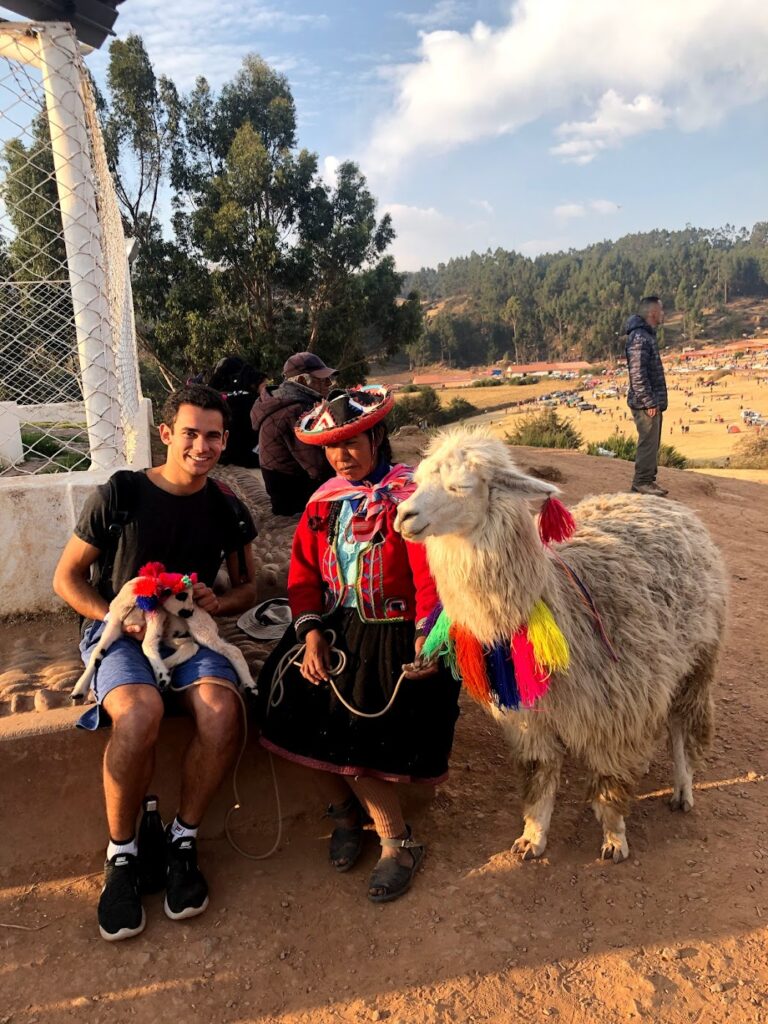
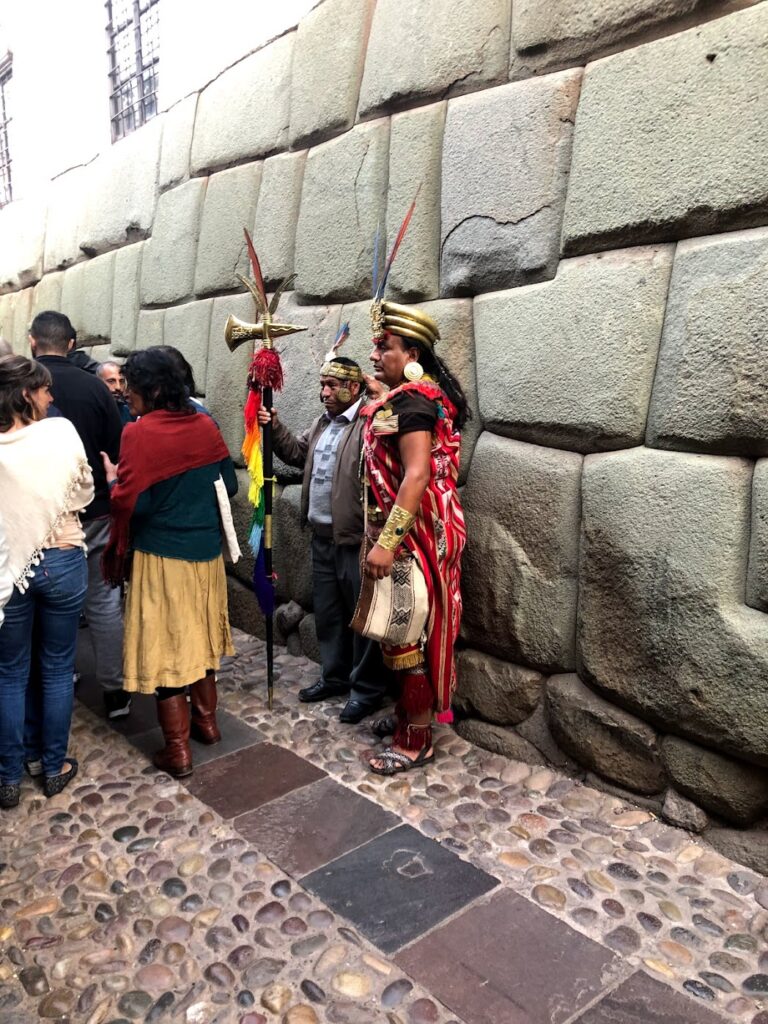
Safety
Since this may be your first country in South America, you might still be getting used to how things work. Peru is safe for most tourists if you use normal precautions: watch for pickpockets in crowded areas (Lima markets, bus stations), avoid flaunting valuables, use licensed taxis or app taxis in cities, and stay vigilant at night. It’s much safer in smaller towns or even other cities such as Arequipa, though you should stick to the touristy areas. Some cities with less tourism such as Trujillo were where I felt the most unsafe.
Brief History of Peru
Peeru is the home to advanced pre-Columbian civilizations. The Inca empire, centred in Cusco, was the dominant power at Spanish contact in the 16th century. Colonial rule reshaped cities, religion, and land ownership. Today, Peru celebrates both Indigenous heritage and colonial history. The archaeological sites, living Indigenous communities, and colonial baroque architecture reflect that layered past. Machu Picchu is the country’s best-known Inca site.
Getting to Peru
Most international flights arrive in Jorge Chávez International Airport, Lima (LIM). From Lima, you’ll catch domestic flights or overnight buses to Cusco, Arequipa, Iquitos, Puerto Maldonado, etc. It’s also sometimes possible to fly into Arequipa or Cusco, though these tend to be less common and more expensive. If you are coming in overland, you’ll likely cross via Lake Titicaca in Bolivia, Tumbes in Ecuador, or even Arica in Chile. There are also crossings in the Amazon with Brazil and Colombia; however, these are a lot more remote.
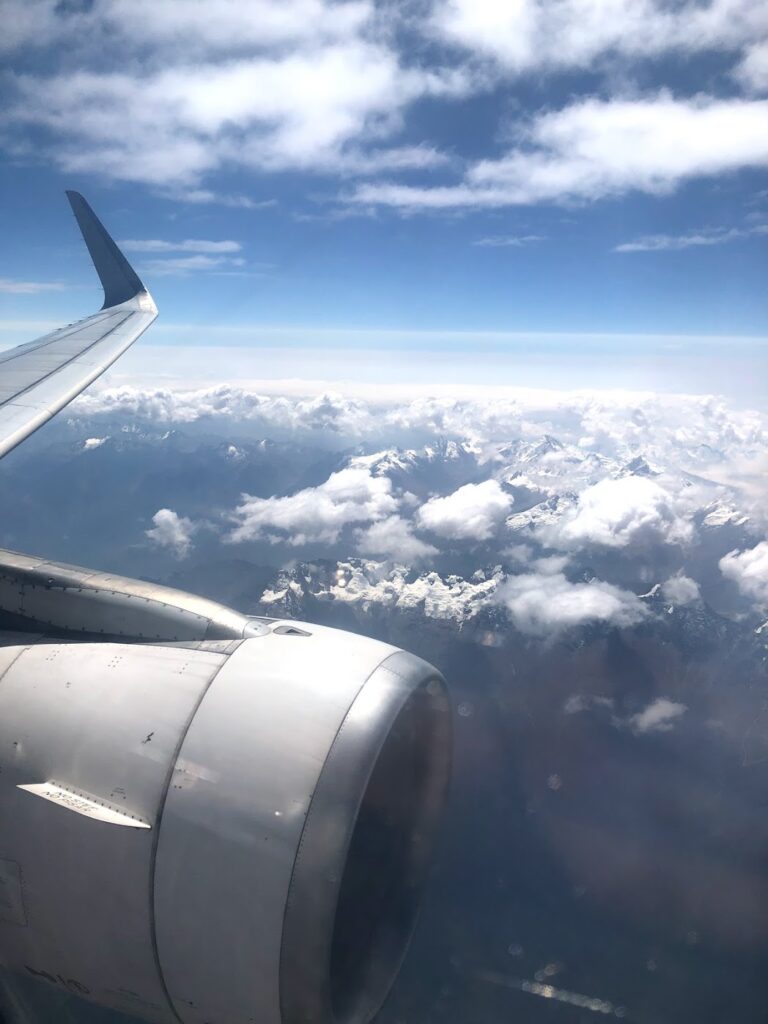
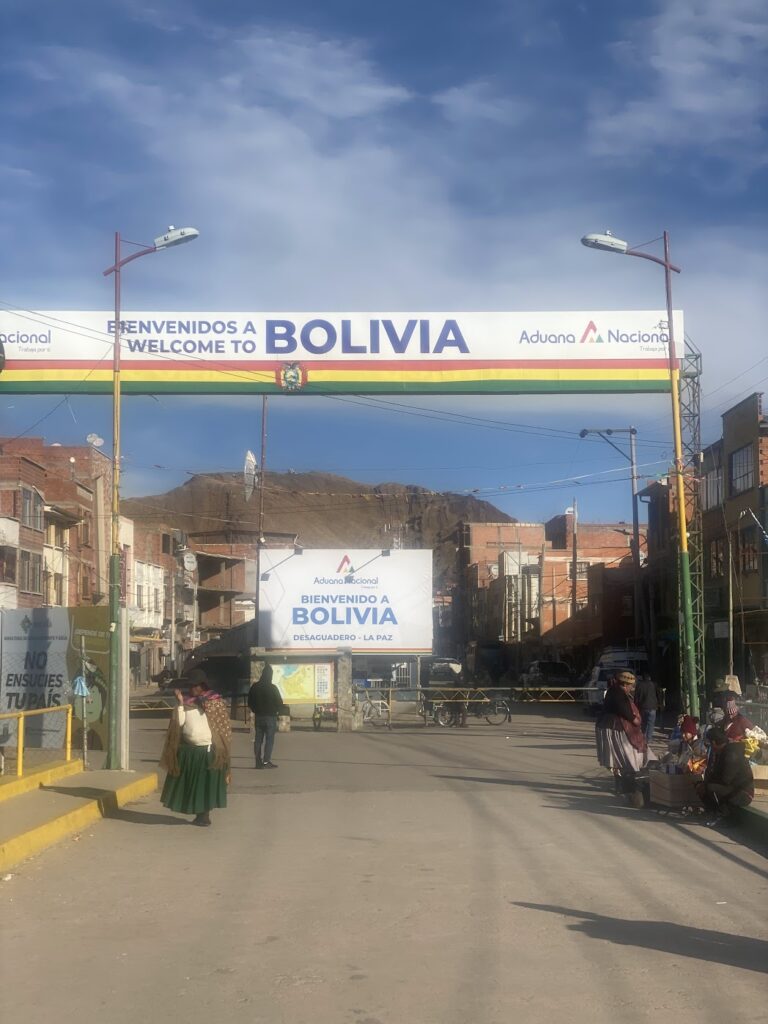
Peru for First-Timers: Visa, SIM, ATMs, and More
Visa
Tourist visa rules depend on nationality. Many countries (including the US, EU, and Australia) do not require a visa for short tourist stays (often up to 90–183 days depending on nationality). Always check the Peruvian government or your nearest consulate before travel for current rules and any documentation requirements.
Internet
Buying a local SIM on arrival is easy in Lima and major cities. Major local networks are Movistar, Claro, Entel, and Bitel. If you want to be online as soon as you land, consider buying an eSIM from Saily in advance. In Amazon areas, coverage can be patchy or you will have no service, but it’s part of the adventure.
Money & ATMs
Peru uses the Sol (PEN). ATMs are reliable in larger towns and cities but scarce in remote areas. Withdraw cash in major centers (Lima, Cusco, Arequipa, Puno) and carry small bills for markets and taxis. Credit cards are sometimes accepted in cities and tourist businesses, but always have some cash for rural markets and small vendors.
Communication
Spanish is the dominant language. Quechua and Aymara are widely spoken in the highlands around Cusco, Puno, and rural Andean communities. English is common in tourist hubs but not everywhere. A phrasebook or offline translation app helps.
Peru by Region: What to Expect
Peru can be separated into 3 main regions, exactly like mainland Ecuador. The Amazon Rainforest, the Andes highlands, and the coast. However, for tourism purposes, I will further split these into 6 regions, mainly due to the distance between them. This will be more beneficial for those planning a trip around Peru.
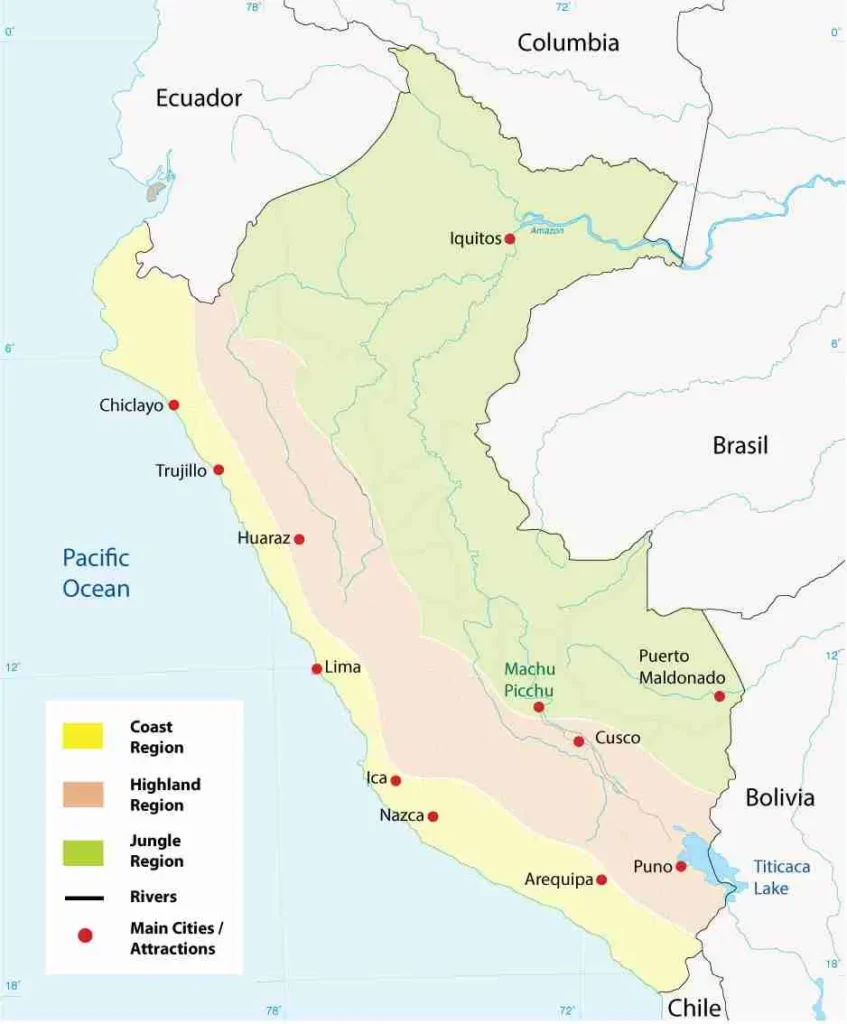
Northern Coast (Trujillo, Chicama, Máncora)
The northern coast is where Peru feels laid-back, sunny, and surfy. Trujillo combines colonial architecture with nearby archaeological wonders like Chan Chan, the world’s largest adobe city, and the Moche temples of the Sun and Moon. Just up the road, Chicama is legendary in the surf world for having the longest left-hand waves on the planet.
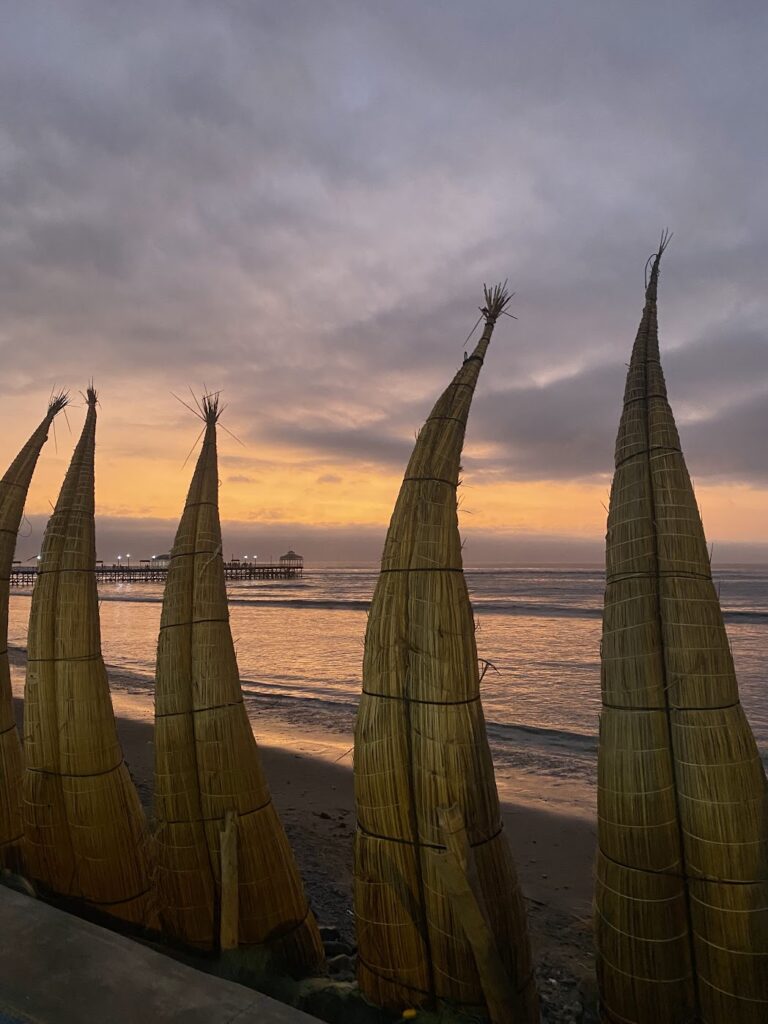
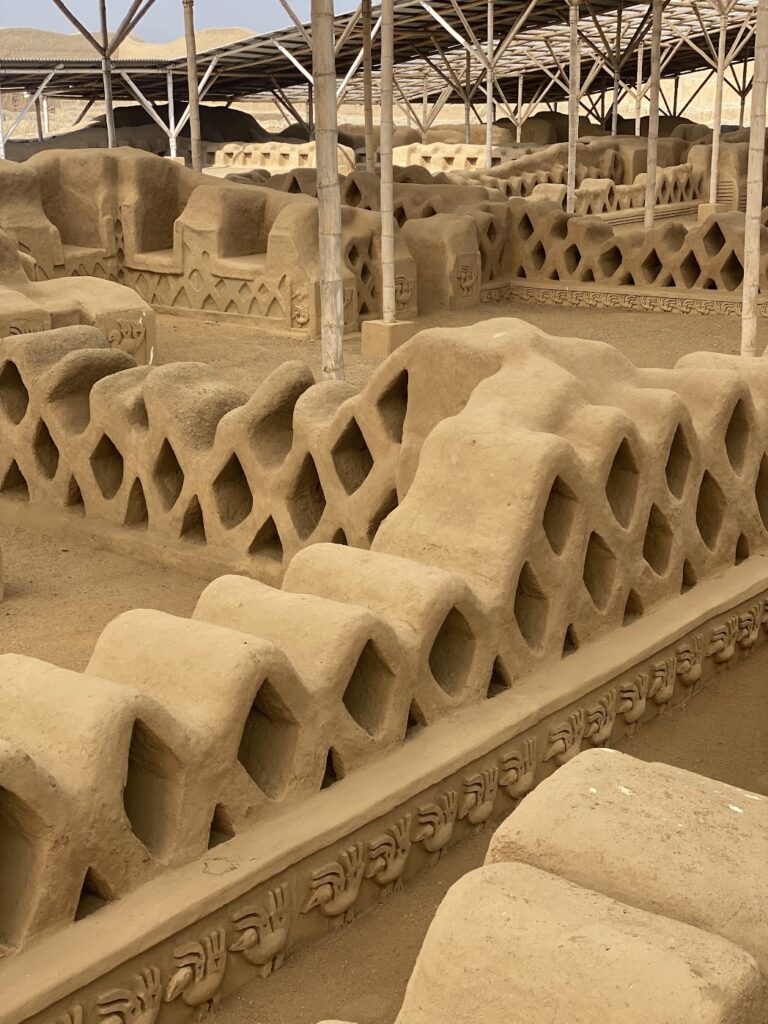
Further north still, Máncora is Peru’s best-known beach town, popular with both backpackers and local vacationers. Expect year-round sunshine, warm water, and a lively nightlife scene. This region has a completely different vibe from the Andes. It’s a place to relax, surf, eat fresh seafood, and soak up the sun. It’s also less developed for tourism than the south, which adds to its charm.
Northern Andes (Huaraz and the Cordillera Blanca)
For trekkers and climbers, the northern Andes around Huaraz and the Cordillera Blanca are paradise. This region boasts some of the most dramatic alpine scenery in South America, with snow-capped peaks, turquoise lakes, and rugged trails. The most famous day hike is Laguna 69 (4th best day hike I’ve ever done), while multi-day treks like the Santa Cruz Trek or the Huayhuash Circuit rank among the best in the world.
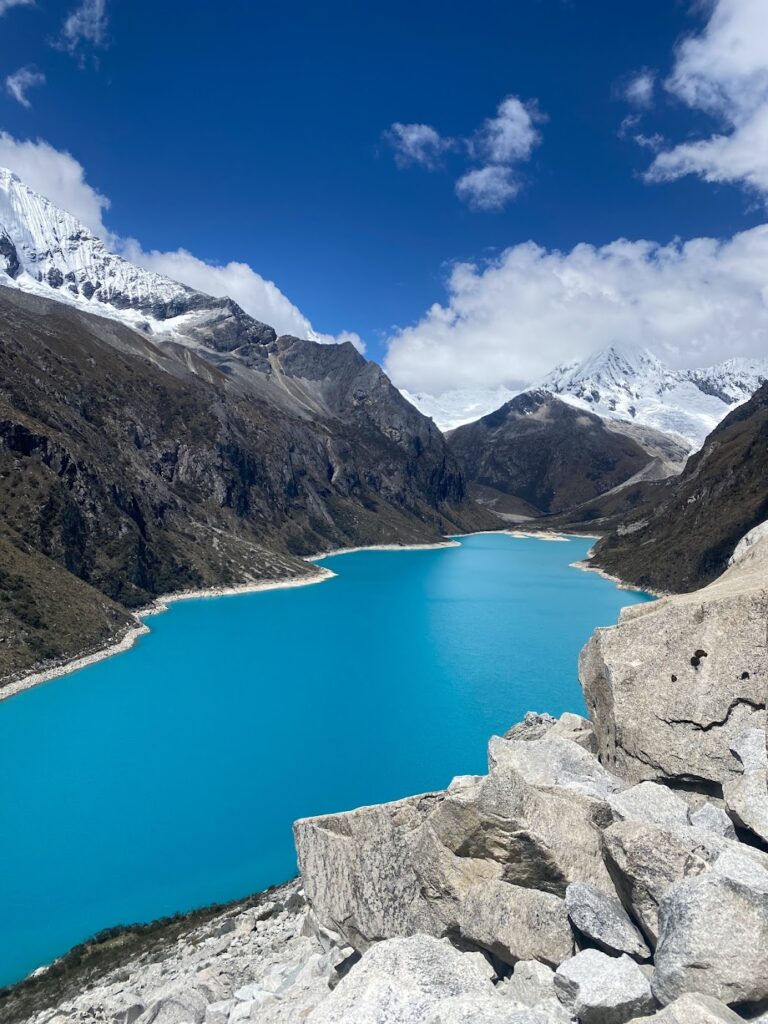
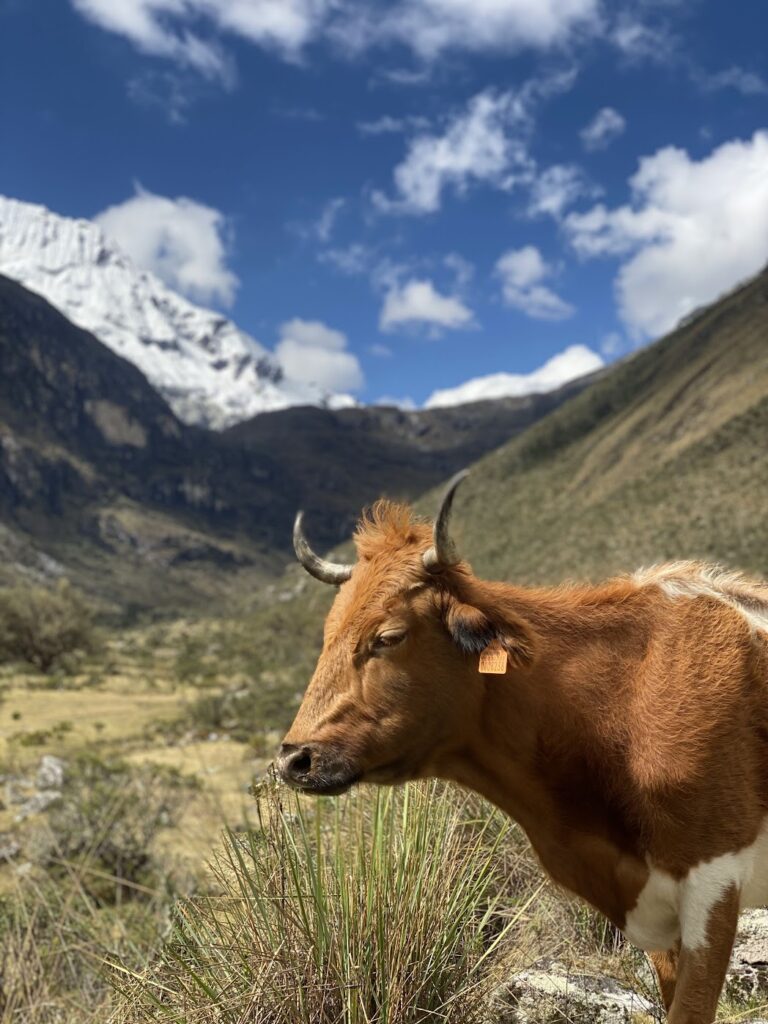
Huaraz itself is a gritty town, but it’s the perfect base to organize expeditions and rent gear. Huaraz already sits at over 3,000 meters, and the mountains rise well above 6,000, so proper acclimatization is key. Unlike Cusco, this area sees far fewer international visitors, so you’ll often find yourself on trails with just a handful of other hikers, which makes it feel more adventurous and raw.
Central Coast (Lima, Huacachina, Nazca, Paracas)
Peru’s central coast is often just a transit zone for travelers, but it deserves more attention. The capital, Lima, is both chaotic and cosmopolitan, with a food scene that rivals anywhere in the world. It’s known to be the best city for foodies in South America. South of Lima is Paracas, the gateway to the Ballestas Islands, sometimes called the “poor man’s Galápagos” for their sea lions, penguins, and seabirds. Then lies the desert oasis of Huacachina, famous for sandboarding and dune buggy rides. Further along, Nazca draws travelers with its mysterious geoglyphs best seen from a small plane. Distances are manageable by bus, making this an easy stretch for those with some time around Lima.
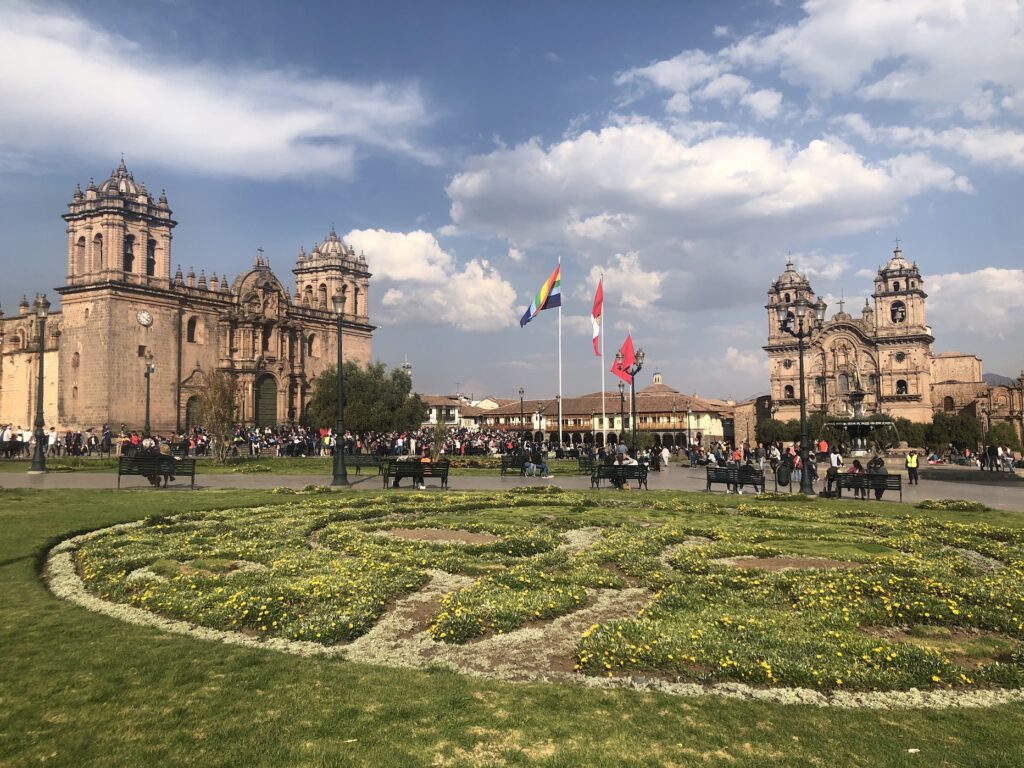
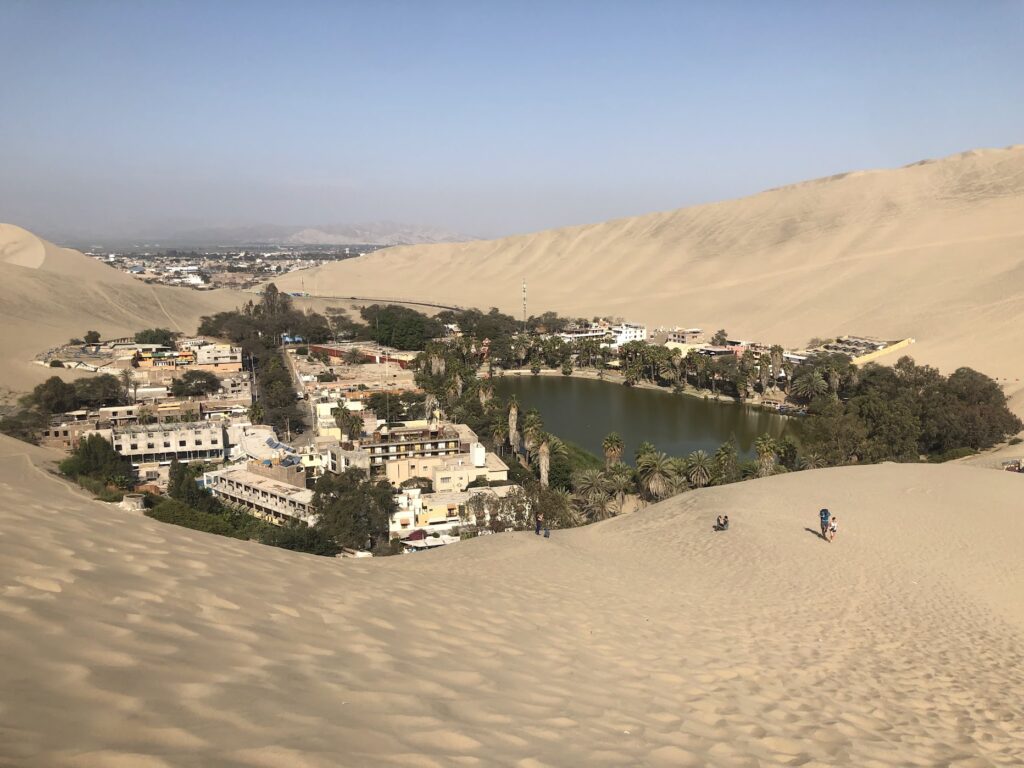
Southern Andes (Cusco and the Sacred Valley)
If Peru has a heart, it’s here in Cusco and the Sacred Valley. Cusco itself is a mix of Inca foundations and Spanish colonial buildings, with lively markets, plazas, and some of the best restaurants in the country. The Andes here are dramatic, colorful, and rich in Quechua culture. You’ll see women in traditional dress, llamas grazing in fields, and festivals that still follow centuries-old calendars. The surrounding Sacred Valley is scattered with ruins at Pisac, Ollantaytambo, and Moray, each showing different facets of Inca ingenuity.
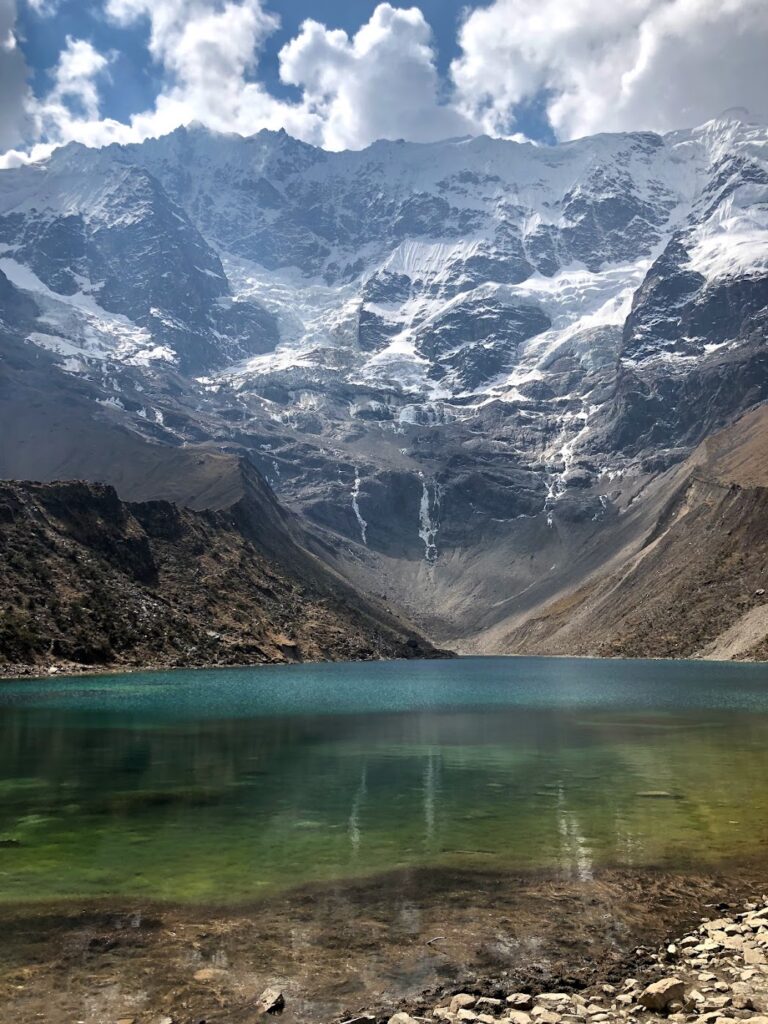
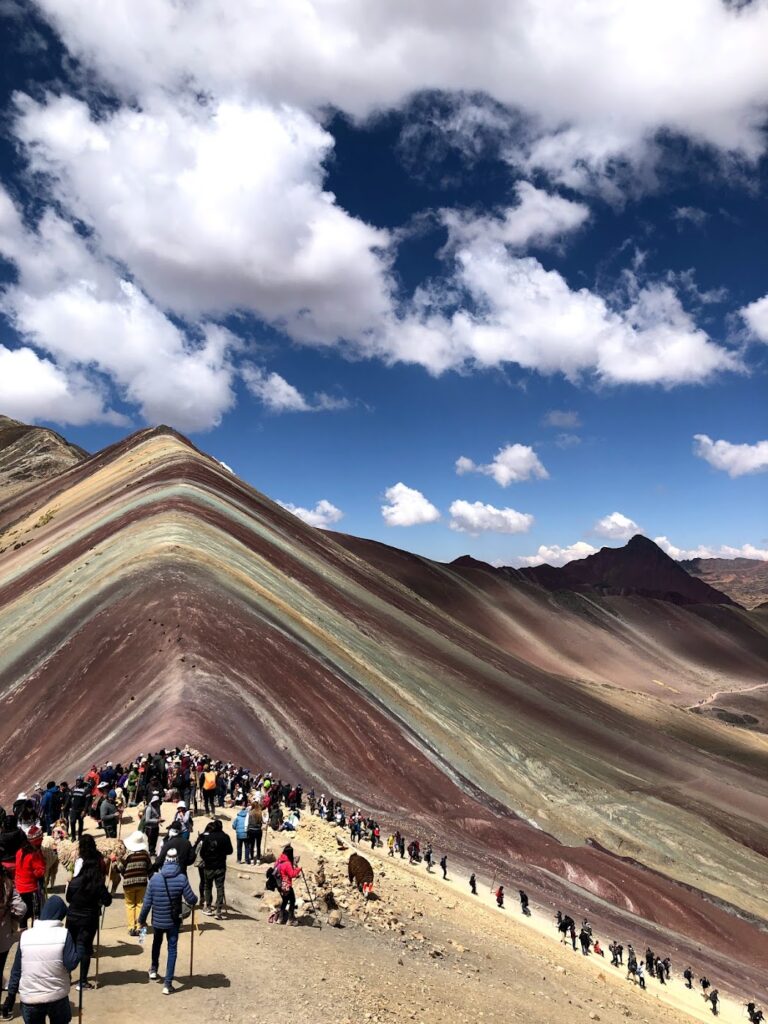
From here, trains or trails lead to Machu Picchu, Peru’s headline attraction. This is another great region for high-altitude trekking, with famous routes like the Salkantay Trek and the Ausangate Trek (both of which are in my top 10 Multi-Day South America Treks) offering fewer crowds than the classic Inca Trail. Be prepared for altitude: Cusco sits at 3,400 meters, and most treks climb higher.
South (Arequipa and Lake Titicaca)
Southern Peru has a slower pace compared to Cusco’s tourist hustle, and it’s where colonial architecture and Andean landscapes blend seamlessly. Arequipa, often called the “White City” for its volcanic stone buildings, is a highlight in itself with its baroque churches, monasteries, and plazas. Just outside lies the Colca Canyon, twice as deep as the Grand Canyon and the best place in the world to spot condors.
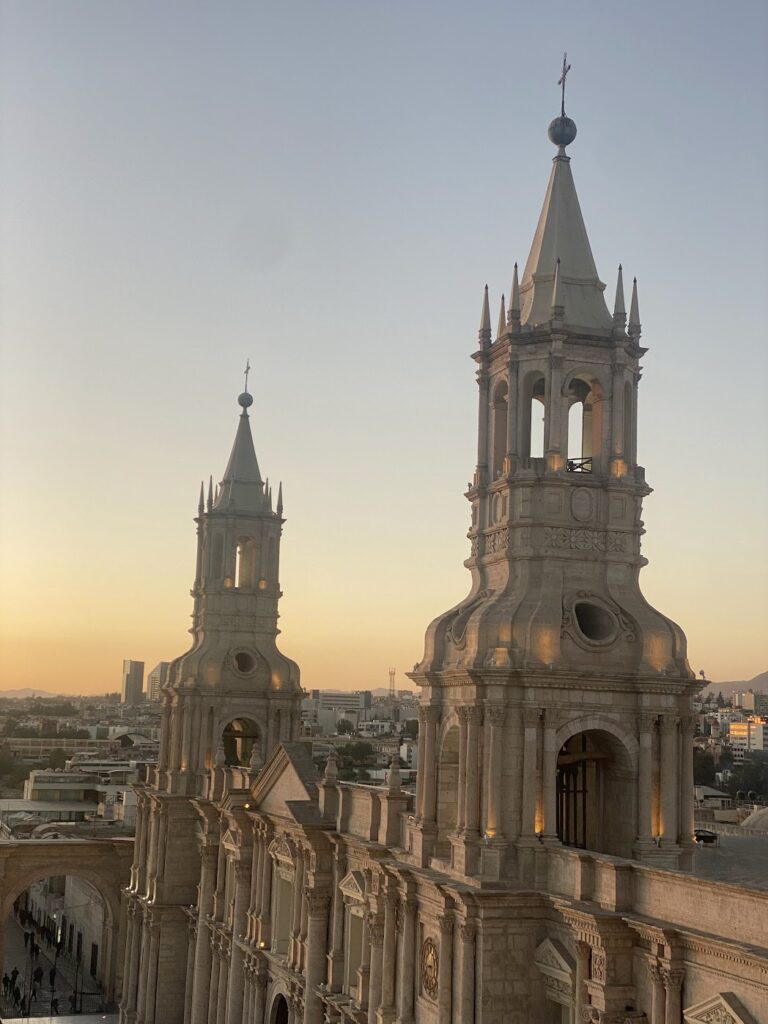
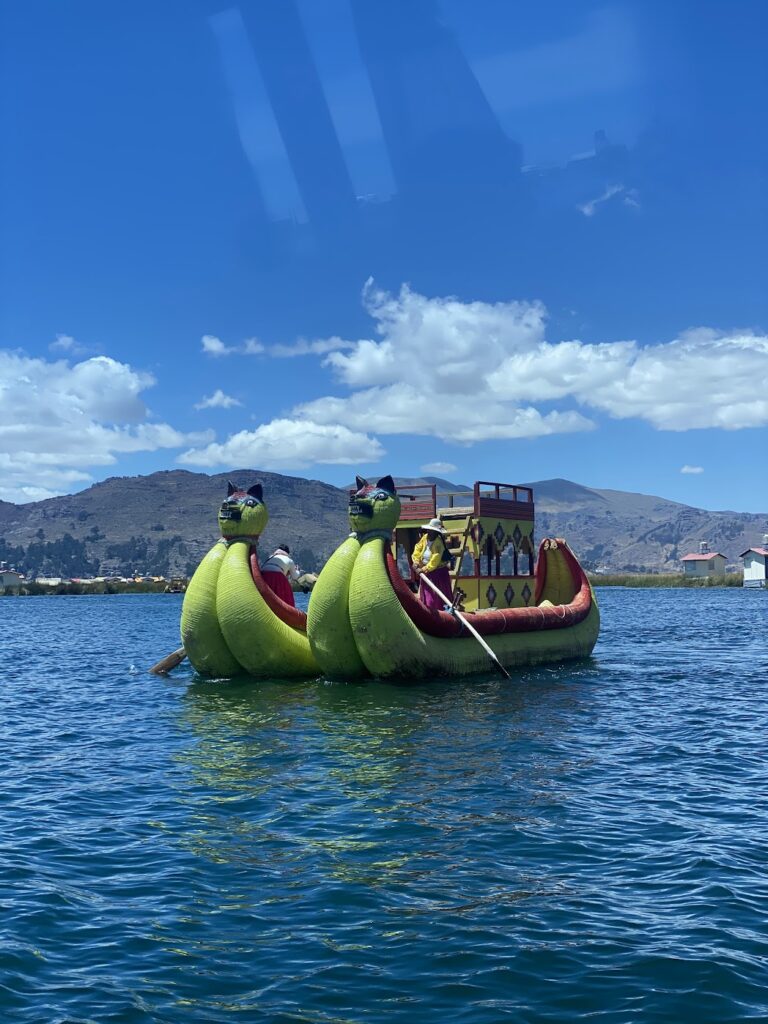
Traveling east, the high-altitude city of Puno sits on the shores of Lake Titicaca, the world’s highest navigable lake. Boat trips take you to floating Uros islands and Taquile, where Indigenous communities maintain distinct traditions and weaving techniques. This region is chilly year-round because of the altitude, but the stark landscapes and cultural encounters are unforgettable.
Amazon
Peru’s Amazon basin covers more than half the country; however, only some areas are accessible. The two main gateways are Iquitos in the north and Puerto Maldonado in the south. Iquitos is only accessible by boat or plane, making it the largest city in the world not connected by road. This makes it feel wonderfully isolated and gives you a sense of just how vast the rainforest is. Puerto Maldonado, by contrast, is a short flight or a long bus ride from Cusco and easier to fit into a standard Peru itinerary.
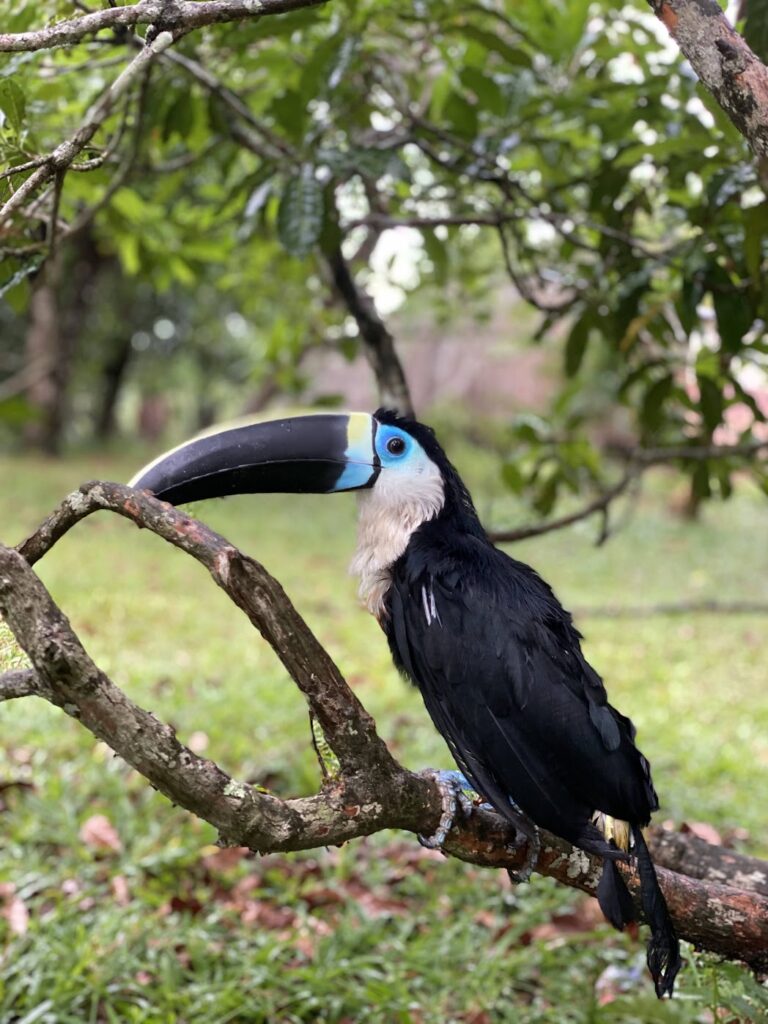
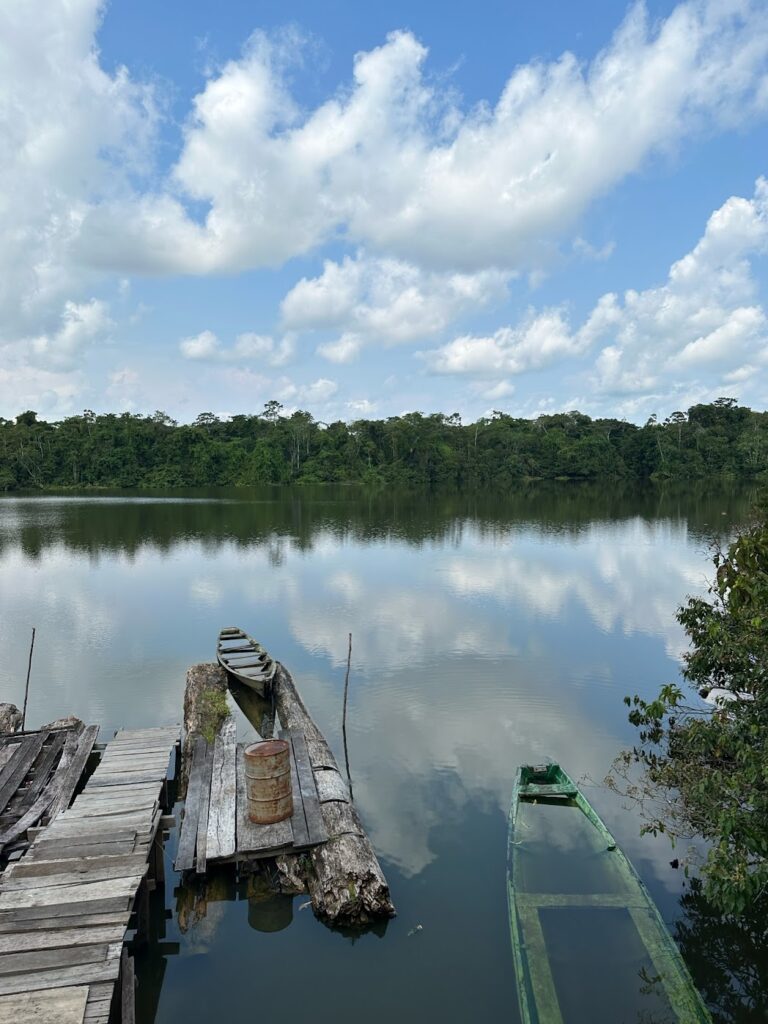
From both cities, you can access lodges ranging from rustic eco-huts to luxury jungle retreats, with experiences that include spotting pink river dolphins, caimans, monkeys, and hundreds of bird species. Guided excursions are essential. You’re here for the biodiversity and the cultural knowledge of local communities, so go with reputable operators.
Getting Around Peru
Flights
Domestic flights cut travel time between Lima, Cusco, Arequipa, Iquitos, Puerto Maldonado, and Trujillo. Airlines: LATAM, Sky Airline, and smaller local carriers. Book domestic flights early in high season.
Buses
Long-distance buses are comfortable and common for overnight journeys (Lima–Arequipa, Lima–Trujillo, etc.). Companies range from budget to premium “cama” services with beds. Remember, taking overnight buses is cheaper, better for the environment, saves on accommodation, and can even save time.
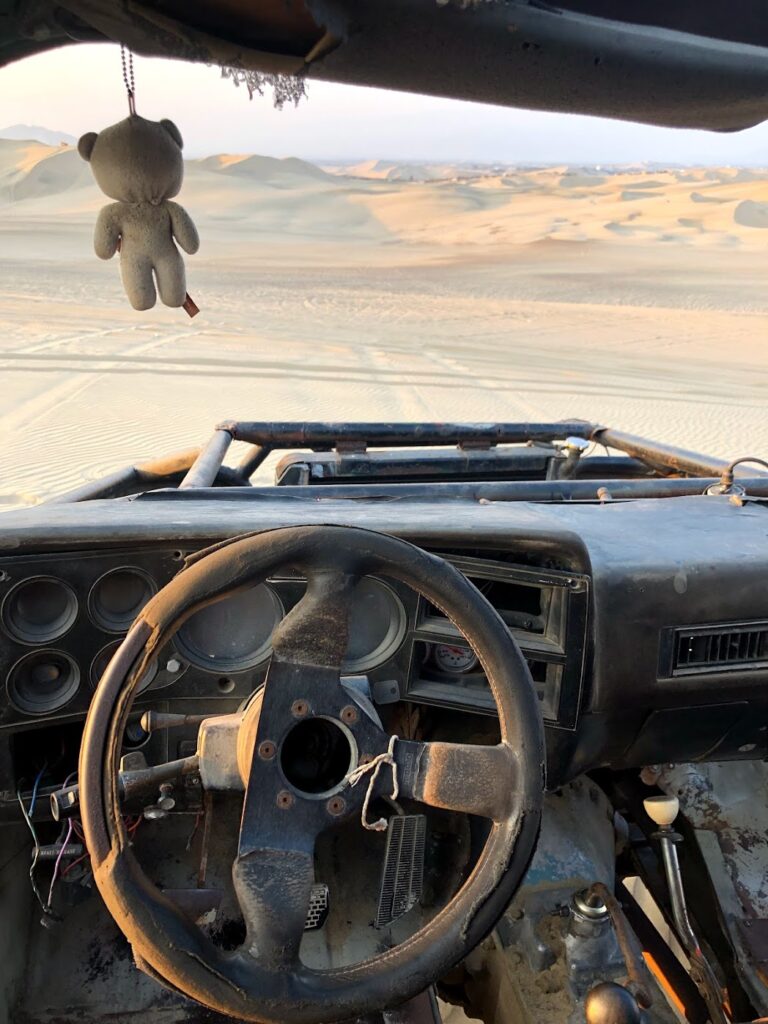
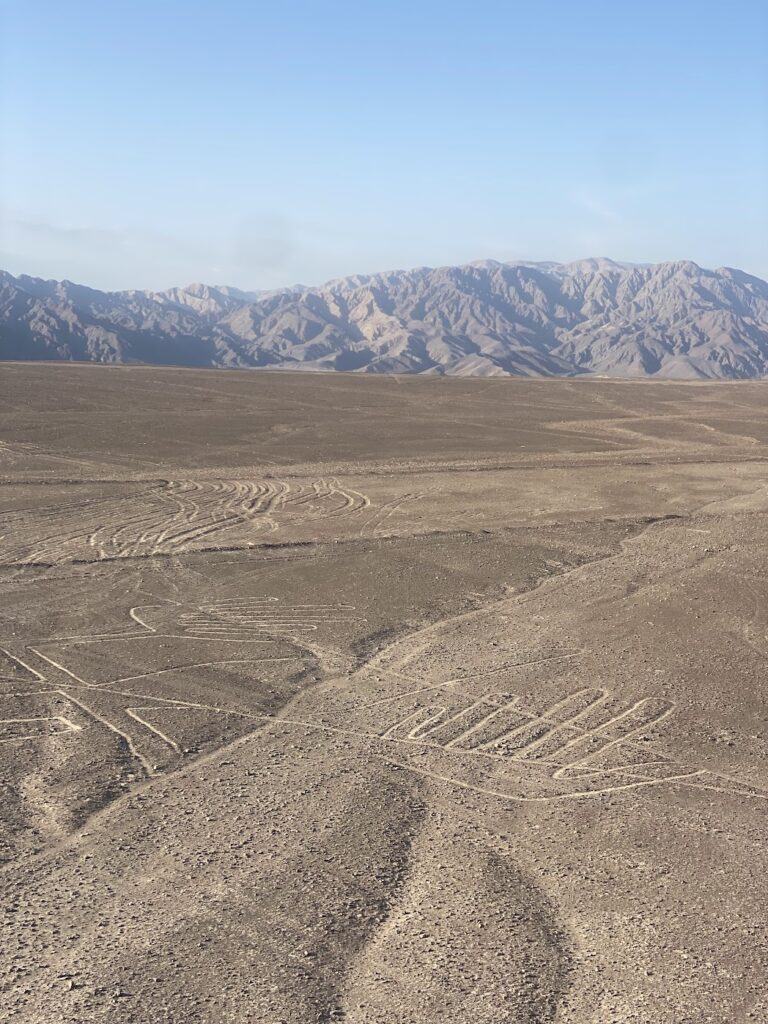
Local transport
In bigger cities such as Lima, Arequipa, and Cusco, you can use apps like Uber. In small towns, colectivos, moto-taxis, and local minibuses are normal. There are a few trains, such as the ones to Machu Picchu from Ollantaytambo (expensive but scenic).
Major Cultural Events and Festivals in Peru
I swear there’s no city with more festivals than Cusco. Every time I went or even see someone post about it, there is always something going on. One of the most famous is Inti Raymi in June: Re-creation of the Inca Sun Festival with big crowds and colourful ceremonies. There are also other ones around the country, such as Señor de los Milagros in October, which is a major religious procession in Lima. On Lake Titicaca, there is the Fiesta de la Candelaria in February ,which is a huge folkloric and religious festival with music and dance.
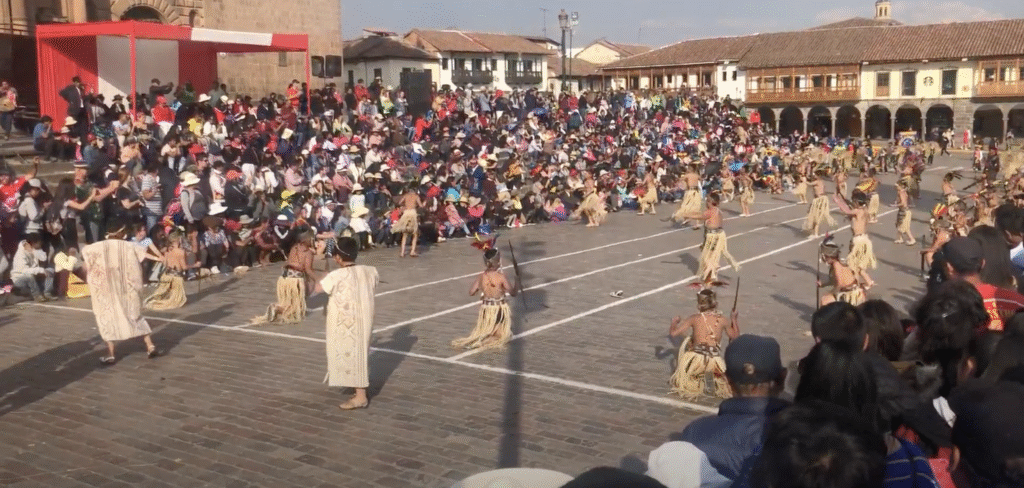
Peruvian Food You Have to Try
- Ceviche: Raw fish cured in citrus (a coastal must).
- Lomo saltado: Stir-fry with steak, tomatoes, onion, and french fries.
- Anticuchos: Grilled skewers, a classic street food.
- Chaufa: a popular fried rice dish that exemplifies the Chifa cuisine, a fusion of Chinese and Peruvian cultures
- Causa, ají de gallina, chupe, and papa a la huancaína: regional comfort dishes to sample across the country.
- Andean staples: quinoa, potatoes in dozens of varieties, and roasted cuy in some regions for the adventurous.
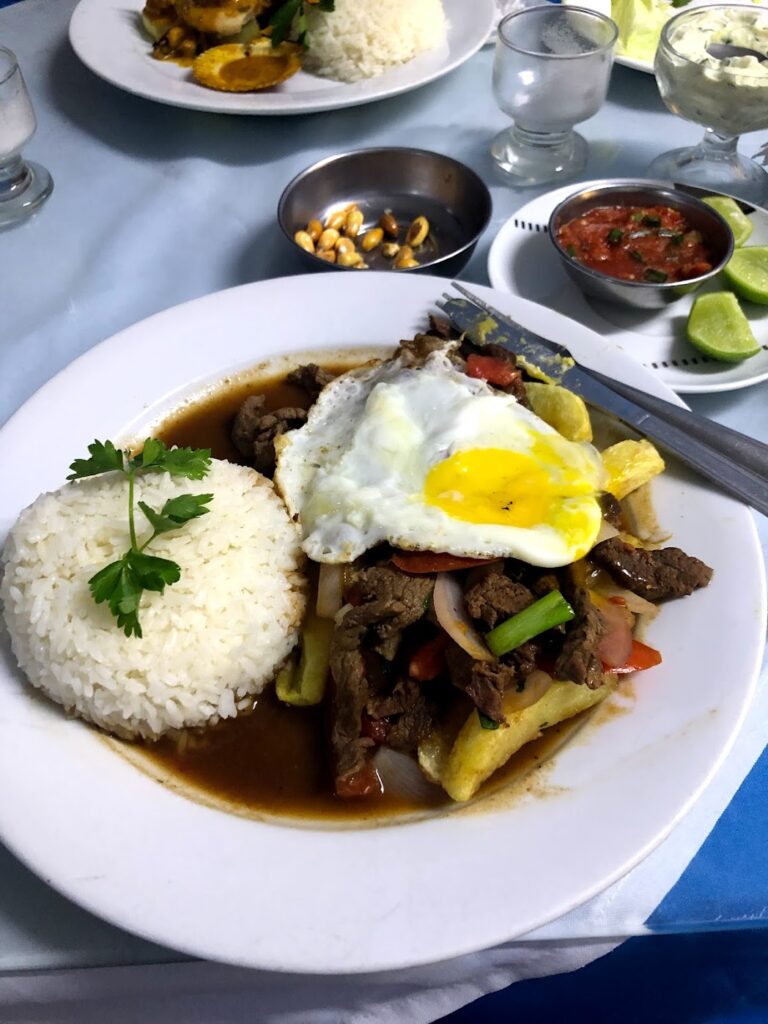
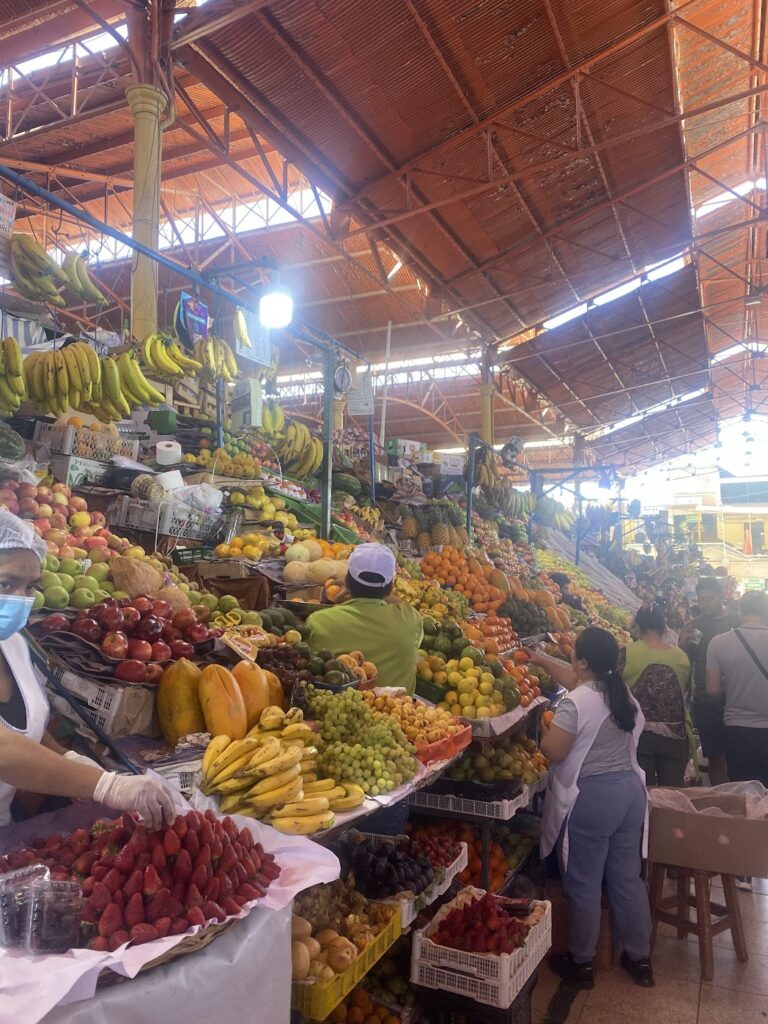
Practical Tips & Quick Checklist
- Acclimatize: Spend 1–2 days in Cusco/Altitude towns to avoid altitude sickness before heavy trekking or visiting Machu Picchu.
- Book Machu Picchu in advance: Entry numbers and train seats can sell out in high season.
- Cash vs card: ATMs in big cities; bring cash for markets and remote areas.
- Respect local customs: Ask before photographing people in traditional dress, and support local artisans and community-based tourism.

